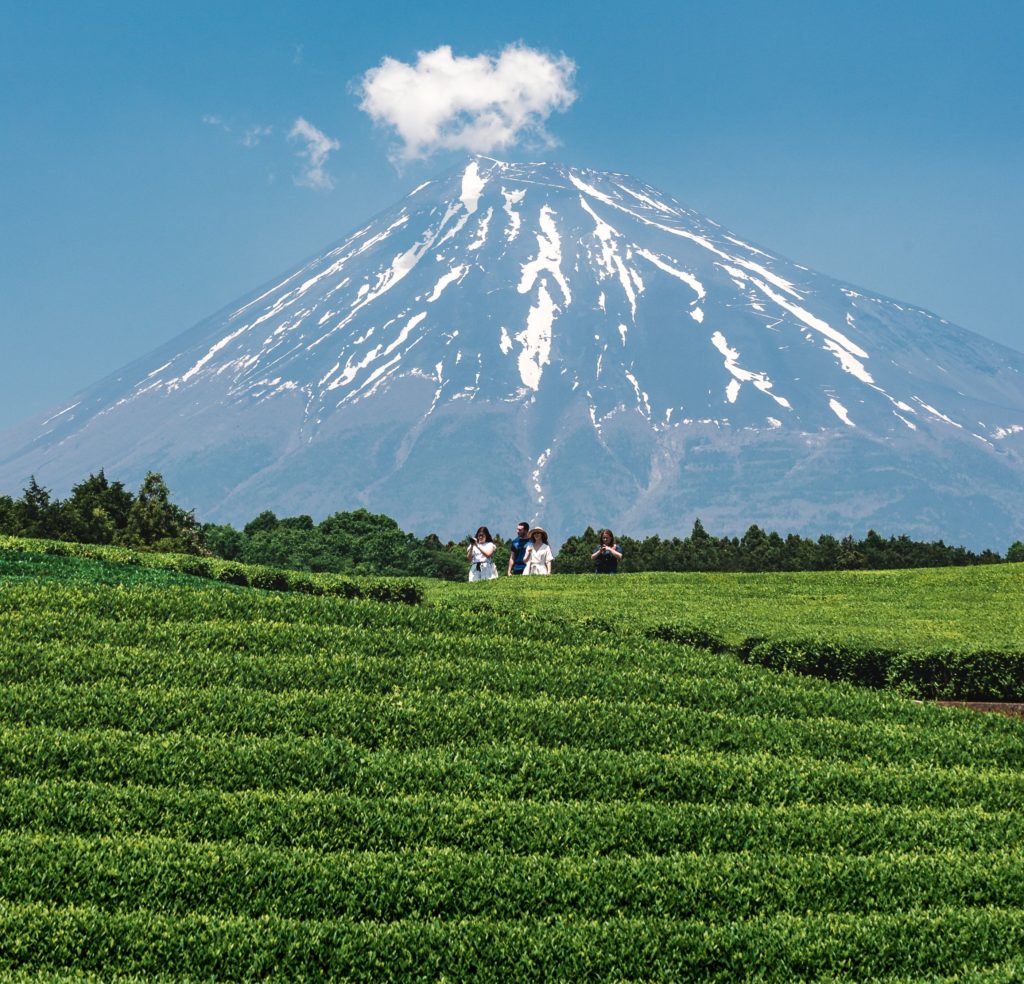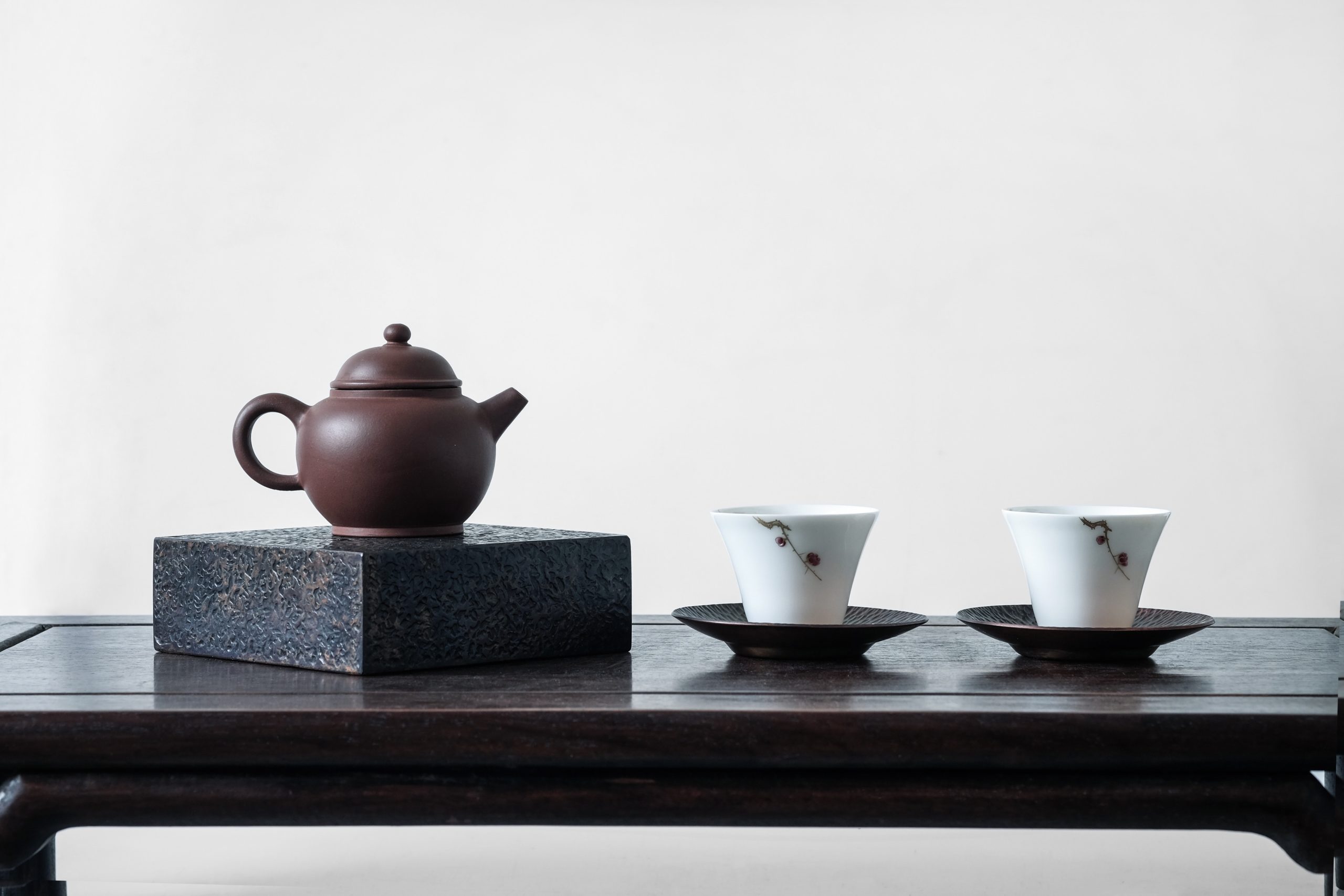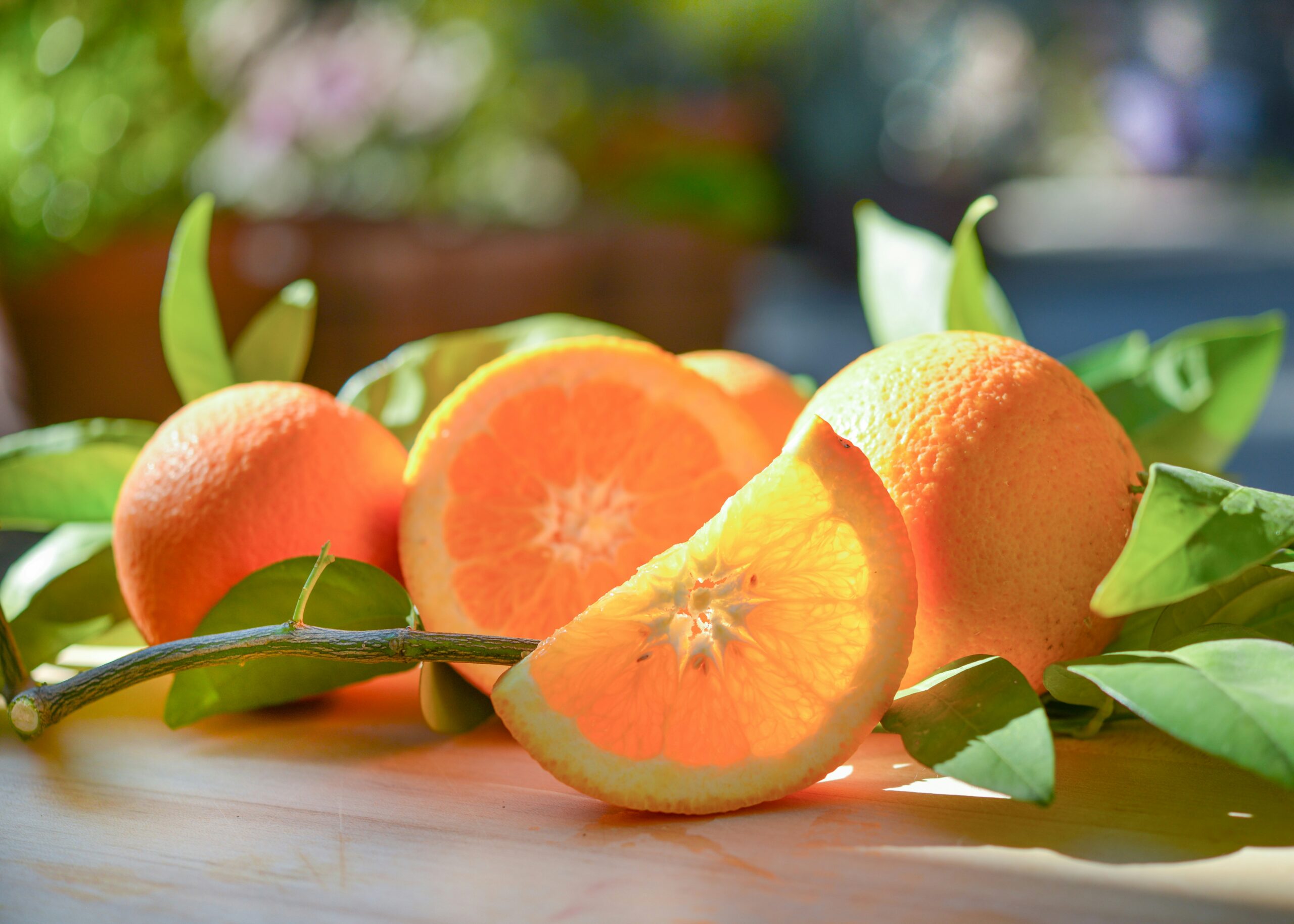What is the definition of “shincha” (new tea)? Introducing Japan and the world’s new tea situations.

Around May to June, you often start hearing the word “shincha” (new tea). Have you ever wondered what exactly defines shincha? In this article, we will introduce the definition of shincha and the new tea situations around the world.

The definition of “shincha” (new tea) refers to tea made from the first buds harvested that year.
This article. As introduced earlier, the harvesting of “shincha” (new tea) begins around May 2, which is 88 days after the first day of spring (Risshun). While climate conditions vary from one tea farm to another, tea made from the new buds harvested between April and May is considered shincha. Another term for shincha is “ichibancha” (first flush tea), which, as the name suggests, refers to the first tea harvested that year. Although the terms are different, ichibancha and shincha have the same definition. In the world of black tea, it is common to categorize tea using terms like “first flush,” meaning the first tea harvest, and “second flush” for the second harvest.
The term shincha refers not to the freshness of the tea but to the time when it was harvested. According to the definition, no matter how old the tea gets, it remains “new tea,” though the term is generally used only for tea sold between May and June.
Somehow, the term “shincha” gives off a stronger sense of seasonality and trendiness than “ichibancha,” making it feel more appealing and tempting to buy. However, since the word “new” (shin) can’t be used year-round, it poses some challenges from a packaging and distribution perspective.
I personally speculate that this is one of the reasons why the term shincha has developed primarily in Japanese tea. The tight schedule of quickly printing packaging for shincha, swiftly producing the tea during the shincha period, and accurately forecasting demand to sell out tea in shincha packaging requires a very efficient production and sales infrastructure, which I believe is a very Japanese characteristic.
Moreover, since the shelf life of Japanese green tea is about a year, the possibility of mixing “last year’s shincha” with “this year’s shincha” is less likely, which could also explain why the term shincha is used for green tea.
When considering teas like Darjeeling black tea, produced in India and exported to Europe, the term “new” might feel outdated by the time the tea appears on store shelves. Additionally, black and Chinese teas often have shelf lives spanning several years, making it unclear which year’s “new tea” it might be. This may be why the black tea industry uses terms like “first flush” and “second flush” instead of “new tea.”
I’ve speculated on why the term shincha has evolved uniquely within Japanese tea, and I feel quite convinced by my own reasoning. That concludes my discussion on the definition of shincha!





